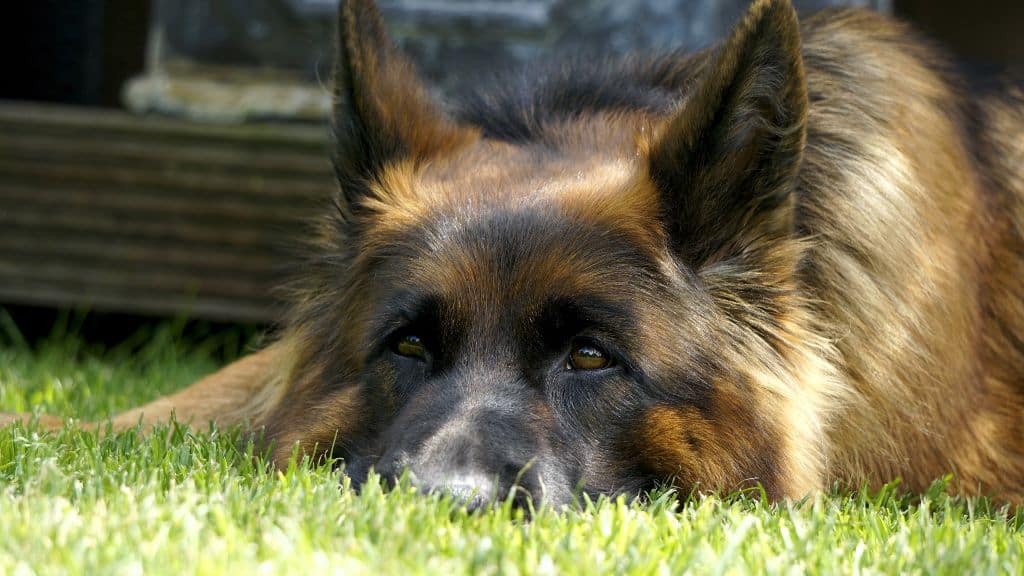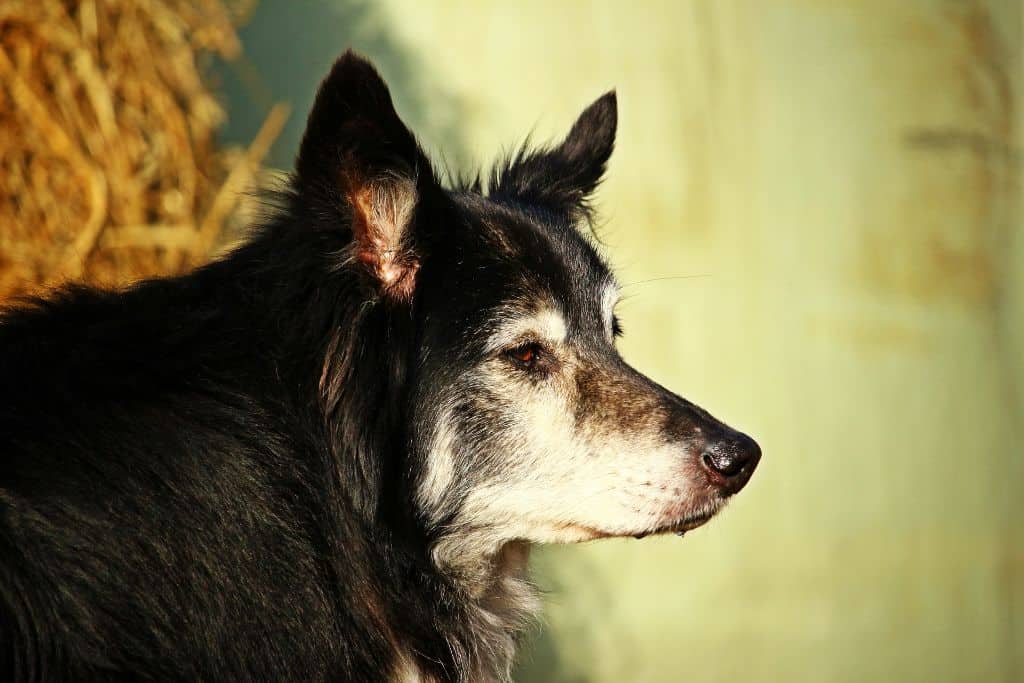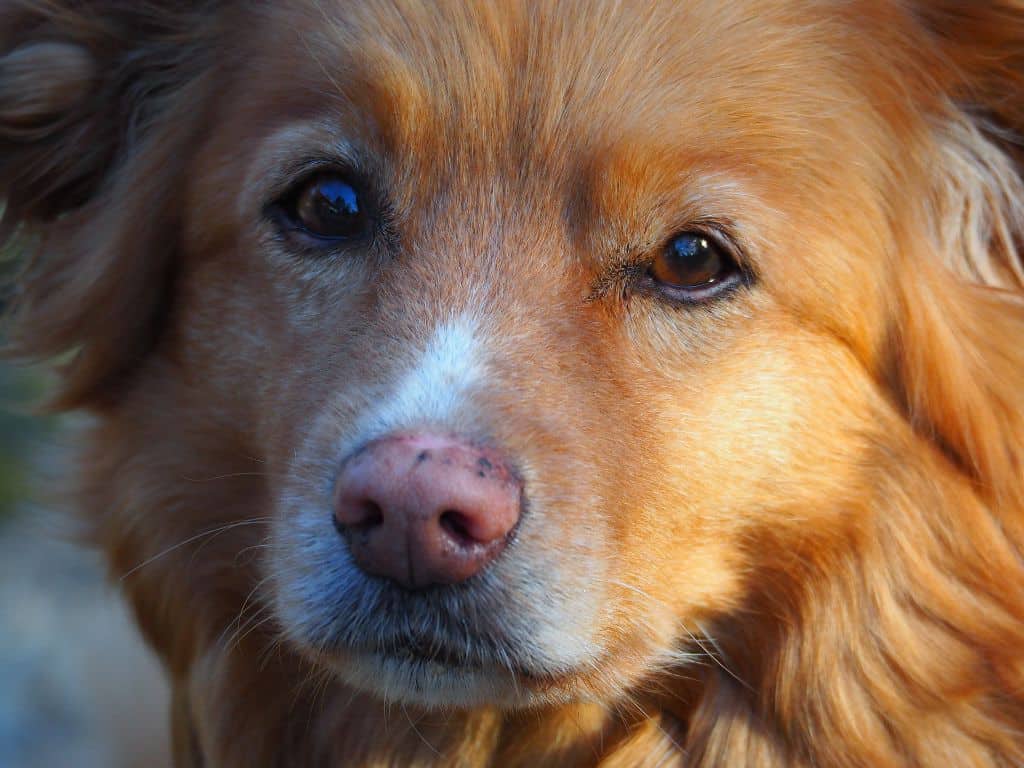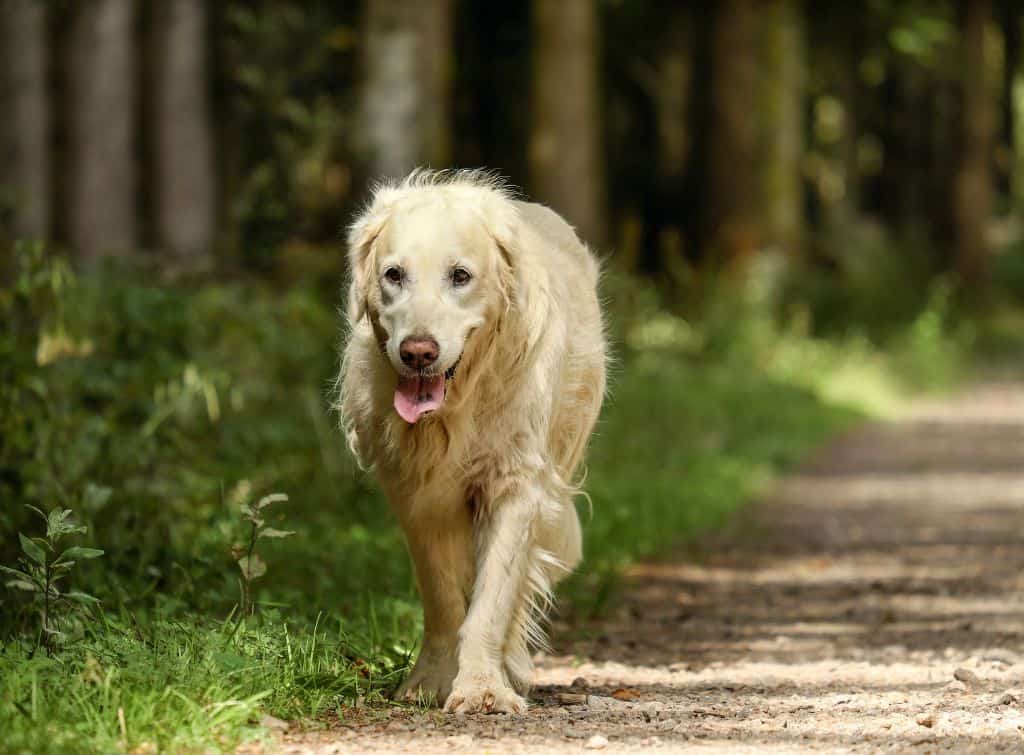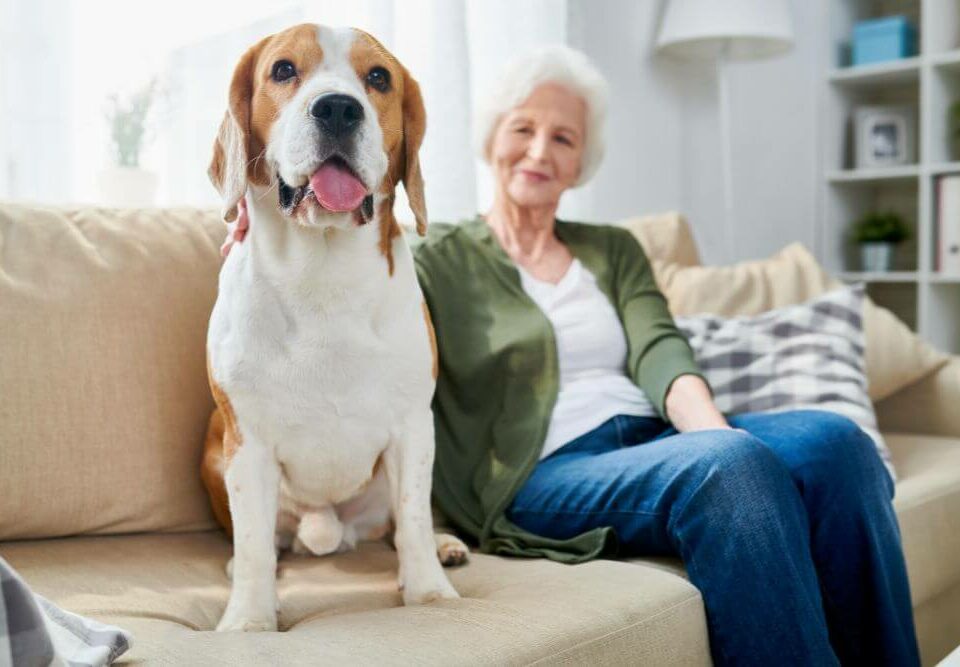
Congestive Heart Failure in Cats. When to euthanize?
July 3, 2019
Is My Pet Too Hot? What’s the Ideal Temperature For a Dog to Sleep?
July 16, 2019If your pet is suffering from dog bladder cancer, when to euthanize is a question you may have to consider. There are two types of bladder cancer in dogs transitional cell carcinoma (TCC) and urothelial cancer (UC). Both begin in the urinary tract, but can spread to other parts of the body such as the liver, kidney, spleen, and bones.
More than 50,000 dogs a year are infected, with certain breeds having a higher chance of developing the disease. Genetics and environmental factors can increase the risk. Hence, deaths from bladder cancer are increasing rapidly.
Learn more about dog bladder cancer – when to euthanise here…
Reasons for Bladder Cancer
What causes bladder cancer? This can depend on many factors with the most likely culprits being exposure to insecticides, herbicides, and obesity. There may also be a link between bacterial infections that affect the cell lining of the urinary tract causing future cancerous mutations. Certain breeds appear to be more susceptible.
Breeds Primarily Affected
Highest risk breeds for bladder cancer include:
- American Eskimo Dogs
- Australian Cattle Dogs
- Australian Shepherds
- Beagles
- Border Collies
- Bichon Frise
- Rat and Russell Terriers
- Scottish Terriers
- Shetland Sheepdogs
- Wire Fox Terriers
Apart from limiting the exposure to insecticides and herbicides, there’s not much that can be done in the way of prevention. A dietary plan including the addition of safe vegetables has been shown to reduce the risk in some cases.
Keeping a maintained weight, good dental routine and suitable amounts of exercise are recommended. Regular visits to the vet may help catch problems early. A recently available CADET Braf test – detecting a specific gene mutation linked with bladder cancers – is recommended for at-risk breeds as they reach six years with a history of bloody urine, or otherwise at eight years of age.
Bladder Cancer Signs
Early signs of bladder cancer symptoms may be presented as:
- A lack of appetite
- Frequent urination
- Licking the vulva or penis
- Swelling and redness in those areas
- Bloody urine
Signs of bladder cancer in the later stages include an increase of the above alongside:
- Vomiting
- Further weight loss
- Anorexia
- A painful abdomen with possible constipation
- Sitting and walking issues
- Inability to exercise
- Behavioural changes
- Constant pacing
You need to contact your vet immediately if your dog has:
- Uncontrollable vomiting and diarrhoea
- Internal or external bleeding that is profuse
- Difficulty breathing
- Prolonged seizures
- A sudden collapse
Bladder Tumours
Bladder tumour symptoms are also very similar to urinary tract infections. These include:
- Urination of small, frequent amounts
- Pain when urinating
- Bloody urine
- Incontinence
The spread of a bladder tumour can cause bone pain and lameness. And if the bladder tumour invades the urethra it can cause straining which may lead to kidney damage and potential kidney failure.
Diagnosis
A biopsy sample can be taken surgically with a rigid or flexible tube that’s passed through the urethra. By using this method pictures of the tissue can be obtained – and small samples of tissue taken. The biopsy will be sent to a pathologist for expert analysis.
Urinalysis will check for secondary infections of the bladder caused by the tumour – and will determine the health of the kidneys. Bloodwork will help evaluate the overall health and support treatment options.
X-rays will confirm any spread of tumour to the bones – and ultrasounds will confirm the bladder tumour. And be able to measure the size of the tumour within the bladder, and the urinary bladder lymph nodes. Chest radiographs will check for metastases in the lungs.
Rectal examinations often reveal thickening of the urethra wall, an enlargement or mass in the bladder, or a distended bladder.
Treatments
Treatment for dog bladder cancer can be difficult and for mostly palliative – aiming to prolong a good quality of life. Tumors are often very large and invasive. And recurrence is common. Complete surgery isn’t possible due to the location, but removal of part of the bladder may be recommended.
Radiation therapy has unfortunate side effects such as involuntary discharge of urine and inflammation of the bladder itself.
Piroxicam is a non-steroid anti-inflammatory drug that when combined with chemotherapy can provide additional benefits in helping with symptoms and actual tumor shrinkage in some dogs. However, it can cause renal toxicity and interfere with renal blood flow and treatment needs to be closely monitored.
Piroxicam used alone has shown positive results and this may be recommended for lifetime medication. The course of treatment will be based on the size of the tumor, and the stage of the disease. If your dog goes into remission we can extend the teatment for another few weeks to ensure eradication of any microscopic traces. If cancer spreads the treatment will be stopped.
Dogs with bladder cancer often contract secondary infections so ongoing check-ups need to be carried out by your vet. Antibiotics will help reduce inflammation. Additionally, we may recommend catheterisation. We may decide to leave Catheters in the urethra for several months. And feeding tubes might aid with achieving urinary diversion.
Prognosis
Bladder cancer life expectancy has an average of more than six months. However, in about 20% of cases, it is more than one year. However, there is a poor prognosis for advanced metastasis and carcinoma of glands.
With adequate treatment and surgical intervention, an increase in survival time may happen. Chemotherapy may also add to this increase. Without treatment, the average life expectancy is four to six months.
Is bladder cancer painful? If the tumor blocks urine passage then a painful death is imminent within one to two days – in these extreme cases, you’ll need to discuss the best treatment for your dog with your vet.
Putting Your Dog to Sleep
You can arrange a consultation with your home-visit vet to discuss dog euthanasia at home because this may be the kindest answer to save your dog from further suffering. We will explain the process and honestly answer any questions you have.
At the right time, when you’re ready, your vet will give a calming sedative that sends your dog into a peaceful sleep. We will follow this by administering an anaesthetic agent causing the heart to slow and gently stop. Your dog will be at peace without any more pain.


